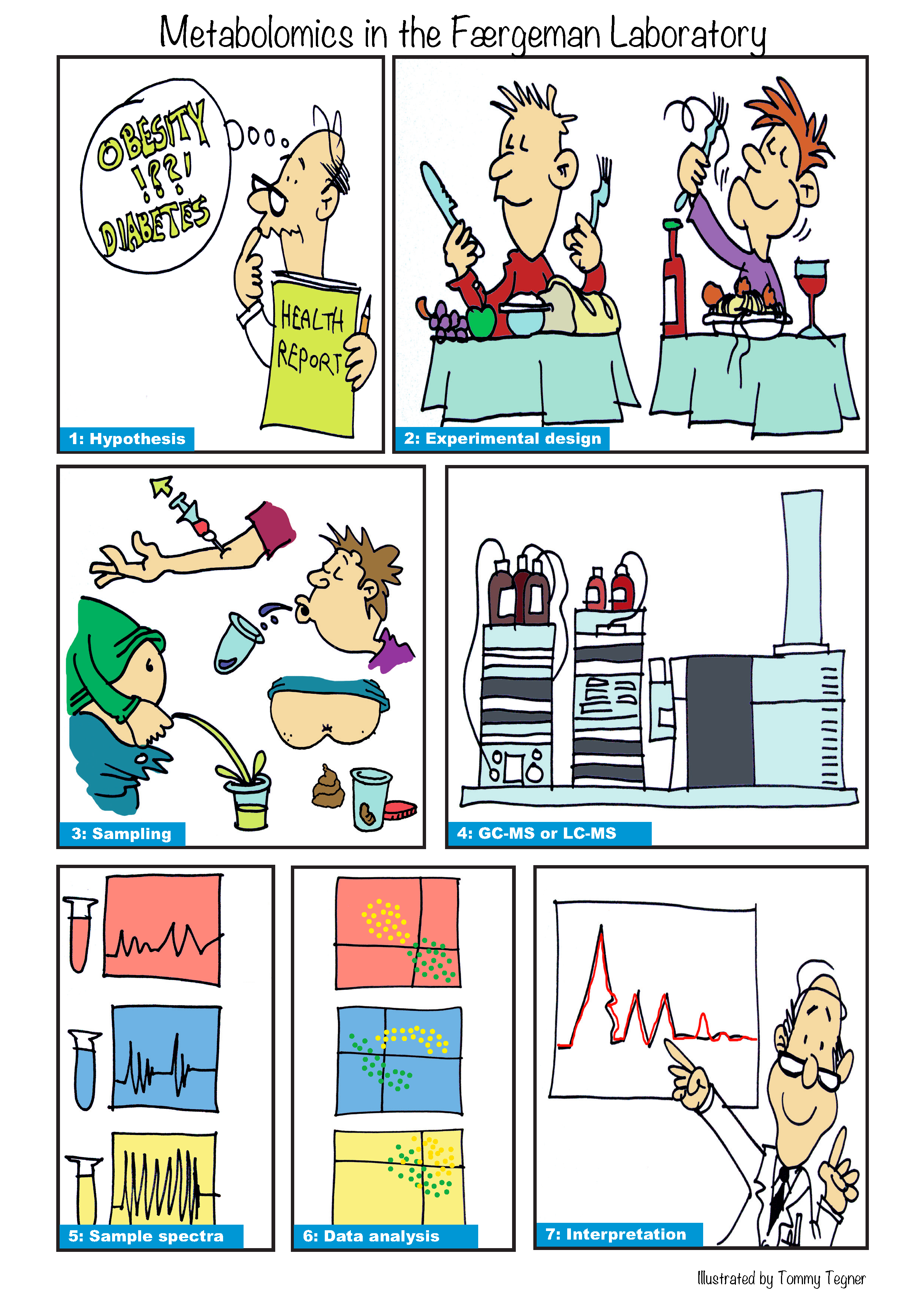Metabolites are the end products of cellular biochemical processes, and their abundance is increasingly being considered as the ultimate response of biological systems to genetic, nutritional or environmental changes. By analogy to the terms ‘genome’, ‘transcriptome’ and ‘proteome’, the set of metabolites present in a biological system comprise its ‘metabolome’.
The use of isotope-labelled tracers can complement such data sets and allow visualization of the dynamics of metabolic processes. As tracers are metabolized within tissues and cells, labelled isotopes become enriched in various metabolites, and this incorporation is a function of label flux into and out of the metabolite pools. Thus, temporal isotopic labelling patterns can provide information on the ‘fluxome’ within tissues and cells.
The advent of new mass spectrometry-based technologies has therefore provided us with the ability to globally assess changes in metabolite levels and biochemical fluxes on a broad scale, providing a global perspective about how cells and organisms respond and adapt to e.g. genetic, environmental and nutritional changes and therefore can be used to define cellular pathways, networks and disease mechanisms.

Our metabolomics facility include
- Agilent 6530 qTOF high resolution mass spectrometer with Agilent 1290 quaternary LC system
- Agilent 7200 qTOF high resolution mass spectrometer with Agilent 7890B GC system
- Agilent 1290 quaternary LC system equipped with UV- and fluorescence detection
- Thermo qExactive HF equipped with Thermo Vanquish LC system
- Bruker timsTOF Pro equipped with BrukerNanoElute LC system
Due to the complexity and vast diversity of metabolites, we constantly develop methods and protocols in order to detect as many metabolites as possible.